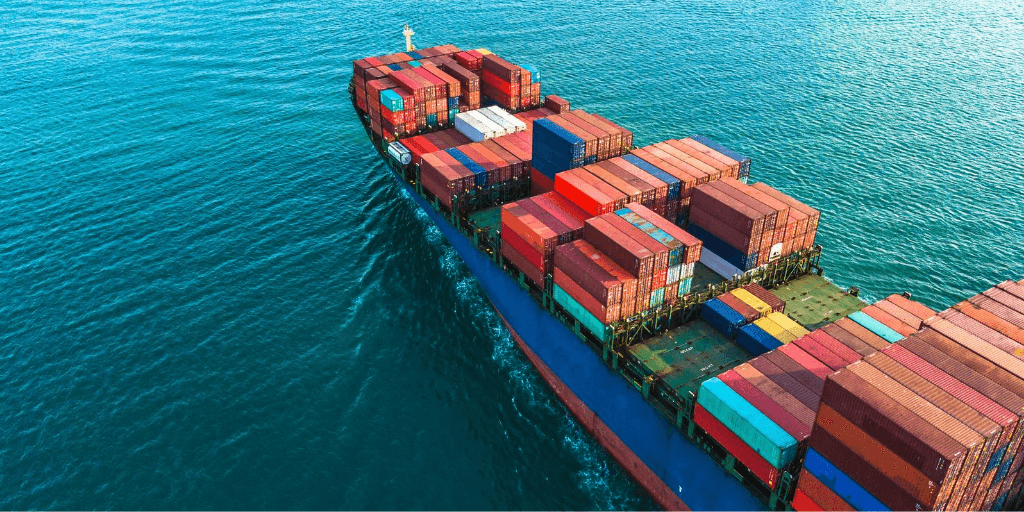Probably everyone, who visited the ocean once, seen one of those big ships, loaded with stacked up containers, slowly shipping across the horizontal line to an unknown but far away destiny. Containerships and the name giving container itself are something we are really used to and we are not really amazed by anymore. It is a practical tool but not a miracle. But that was not always the case.
A look in the past: Harbors were very chaotic
Back in the days, harbors were a chaotic place. Ships anchored for days, sometimes even weeks. A lot of different shipping industries were active, and a lot of people used a lot of time to clear the cargo since the goods were stored in single boxes, bags, or barrels. All of them had to be carried from the ship to the land individually, which usually took a week to do.
The revolutionary idea of Malcom McLean
The development of containers in the Sixties was therefore a revolutionary step in the shipping industry. 1956 the first ship loaded with 58 standardized container set sail – against all odds. The inventor Malcom McLean namely had to fight against shipment companies and logistic businesses which all were against his idea to change the cargo system.
They did not see the potential and were worried about the heavy weight of the containers. How should they clear the cargo if the container were so heavy? Wouldn’t that cost even more than it did with the traditional way? McLean however was convinced that bigger boxes were easier and cheaper to handle – and he was right.
With his invention, McLean paved the way to a different future for the shipping industry. Suddenly – and earlier than everyone expected – harbors were restructured to handle containers, so-called container bridges were built, and the industry realized that not only the place on the ship, but also the one at the harbor could be used more efficiently. Instead of days, cargo could be cleared within hours now and the container started its world tour around the globe.
Bigger harbors, bigger ships, bigger containers
This shaped a new world. Not only the industry and the harbors changed greatly over time, also the ships got bigger and bigger. The first container ships in the Sixties were 180 meters long and could load 500-800 TEU. Contemporary ships are now 400 meter long and load 19.000 TEU. But experts say that those dimensions are the end now for a ship to still be profitable.
Of course, the same destiny container itself experienced. Started with one standardized container, shipping container dimensions fulfill the needs for every cargo nowadays and offering a big variety of different sizes and types. The used size and the type however depend on the products of course. Smaller containers are used to transport heavy goods like motors, while bigger containers are used for products with a high volume like fabrics. Food is often transported in refrigerated container and ventilated container are used for coffee.

“Beer practitioner. Pop culture maven. Problem solver. Proud social media geek. Total coffee enthusiast. Hipster-friendly tv fan. Creator.”





